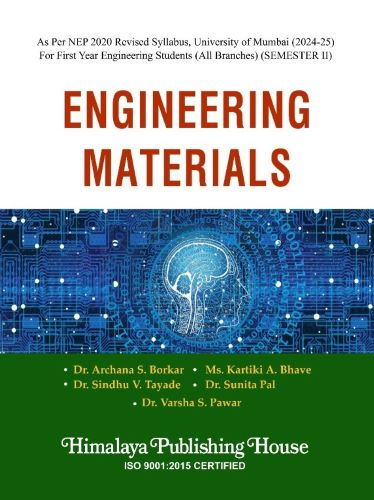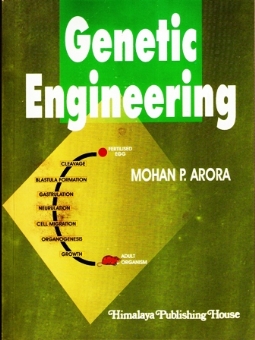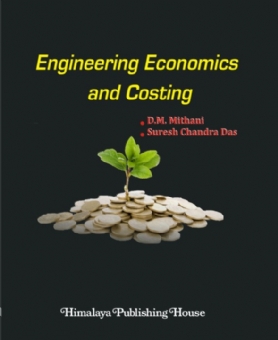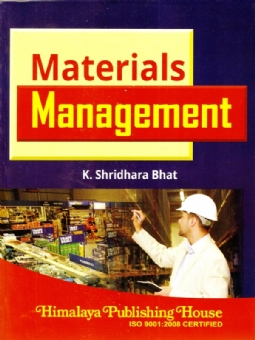Engineering Materials form the backbone of technological advancements, serving as the building blocks for innovations across industries. This book, Engineering Materials, digs into the fundamental principles, properties, and applications of materials used in engineering and design. Covering a diverse range of materials—metals, polymers, ceramics, composites, and advanced materials like nanomaterials and smart materials—it provides a comprehensive understanding of their behaviour, selection, and performance. By integrating concepts from basic sciences and engineering, the book equips readers with the knowledge to make informed decisions in material selection, optimise material performance, and explore sustainable solutions. This book is, therefore, aimed to helping the students to learn the advances made in engineering materials, their classification, and the importance of engineering materials in the current day world, their properties, and various areas of application.
Contents –
1. ALLOYS
(A) Ferrous alloys
– Plain-carbon Steels
– Heat and Shock Resisting Steels
– Stainless Steels
– Effect of the Alloying Element- Ni, Cr, Co, Mn, Mo, W and V
(B) Aluminium Alloys
– Duralumin
– Magnalium
(C) Copper Alloys (Brass)
– Dutch Metal
– German Silver
– Copper Alloys (Bronze)
– Gun Metal
– Nickel Bronze
(D) Alloys of Pb
– Wood’s Metal
– Tinman’s Solder
(E) Numerical based on Composition, Density and Weight of an Alloy
2. CERAMICS
(A) Ceramics
– Introduction
– Types of Ceramics
– Properties
– Uses
(B) Glass
– Definition
– Properties
– Types with Uses
(C) Abrasives
– Natural: Examples, Properties and Uses
– Artificial Abrasives: Examples, Properties and Uses
(D) Optical Fibres
– Definition, Components of Optical Transmission System
– Advantages of Optical Fibre Communication
– Applications of Glass-based Fibre – Optical Fibres
3. COMPOSITES
(A) Introduction
– Definition of Composite
– Constituents of Composites
– Types of Composites
– Fibre- reinforced Composites
– Layered-composites (Laminates)
– Particulate Composites
(B) Bio-composites – Definition
– Classification of Biocomposites
– Applications of Biocomposites
4. PLASTICS AND ELASTOMERS
(A) Plastics
– Introduction of Polymers
– Classification of Polymers
– Compounding of Plastics
– Application of Plastics
– Numericals
(B) Elastomers
– Introduction of Elastomers
– Vulcanization of Natural Rubber
– Compounding of Natural Rubber
– Advantage of Compounded Rubber
– Synthesis of Plastics
– Synthesis of Elastomers
5. ADVANCED POLYMERS
(A) Conducting Polymers
– Introduction
– Types of Conducting Polymers
– Applications of Conducting Polymers
(B) Biopolymers
– Introduction
– Classification of Biopolymers
– Manufacture of Biopolymers
– Applications of Bio-Polymers
(C) Liquid Crystal Polymers (LCP’s)
– Introduction
– Classification of Liquid Crystal Polymer (LCP’s)
– Structural Features of Liquid Crystal Polymers
– Applications of Liquid Crystal Polymers
(D) Smart Polymers
– Introduction
– Classification of Smart Polymers
– General Properties of Smart Polymers
– Applications of Smart Polymers in Various Fields
6. NANOMATERIALS
(A) Introduction to Nanotechnology
– Defintion of Nanomaterials
– Classification and Types of Nanostructures
– Fullerenes
– Applications of Nanomaterials
(B) Graphene
(C) Carbon Nanotubes (CNTs)
– SWCNTs and MWCNTs
– Properties and Uses






